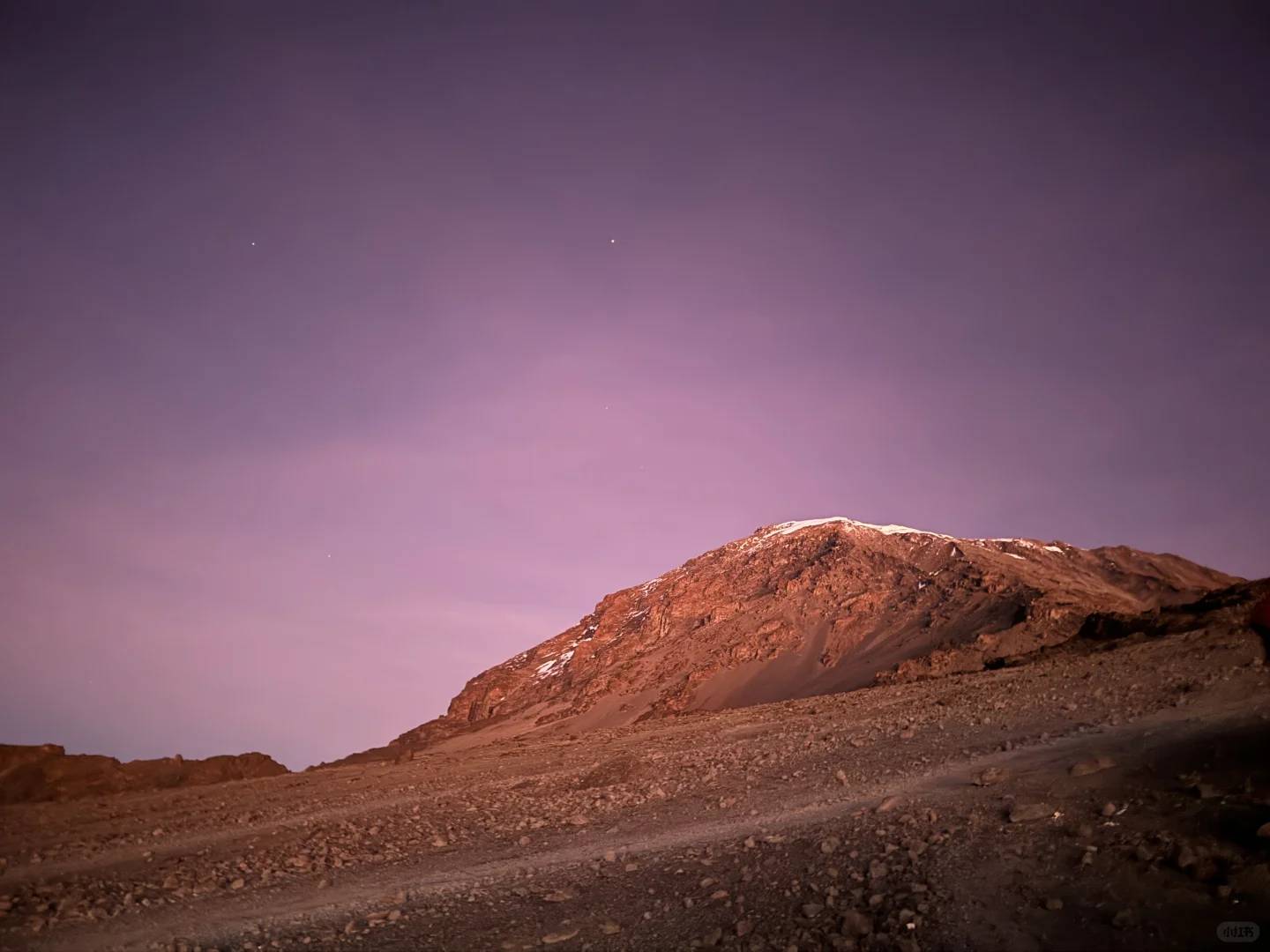Essential Kilimanjaro Climbing Tips: How to Summit Safely & Avoid Common Mistakes
A completely personal and unfiltered experience sharing, with no embellishments, hoping to provide genuine information for outdoor enthusiasts. Due to word limits, the article is divided into two parts 💕

1. **Climbing Difficulty**: The actual climbing difficulty is far greater than what’s shown in online videos and articles. Having completed the MoFen 100km hike, Gobi and Desert Challenges, trekked Norway’s three iconic rocks, and hiked New Zealand’s glaciers, I still found it harder than expected. Of course, this was partly due to minimal pre-trip training and living long-term in a coastal city at sea level.

Experienced hikers from various countries I met along the way also shared the same feedback upon descending—it was tougher than anticipated. Not recommended for those with no prior hiking experience.

2. **Safety Factor**: Online articles claim Mount Kilimanjaro is the only summit in Africa that non-professional hikers can conquer. In reality, it’s quite challenging, and the responsibility falls entirely on the individual. Despite having professional guides and team support, I observed that most teams lacked walkie-talkies for emergencies.

Beyond helicopter rescue at the camps, the park offers almost no other safety facilities. Both the park and tour companies prioritize summit success rates (KPI-driven), leading to relatively high summit rates, but guides often lack strong awareness of ensuring safe descents. So far, I’ve only heard of cases involving altitude sickness or physical inability to summit, leading to early withdrawals.

My advice: prioritize climbing safety and self-protection awareness.

3. **Pre-Climb City Choice**: For climbing Kilimanjaro, you can stay in Arusha or Moshi. I recommend Moshi—a quiet, charming town, slightly closer to the mountain, where you can opt for a homestay with a lovely garden.

4. **Tour Company Selection**: If time allows, I suggest arriving locally first, then meeting face-to-face with tour companies and their assigned guides. Compare 2-3 options—this approach is more direct than online communication, offers better pricing, and provides more comprehensive information.

5. **Guide Selection**: The guide matters more than the tour company. The key differences lie in the guide’s personal experience and sense of responsibility. Typically, guides work with their own regular teams, including assistant guides, chefs, meal servers, porters, and even portable toilet porters (if requested, I recommend paying $50 for this service).

